Annual Incentive Compensation: A Complete Guide
Decusoft
MARCH 4, 2021
Annual incentive compensation programs represent an enormous opportunity for motivating employees and executives to do their best work. In this blog post, we discuss annual incentive compensation including recent trends, policy changes among shareholder advisory groups, and challenges compensation committees face.


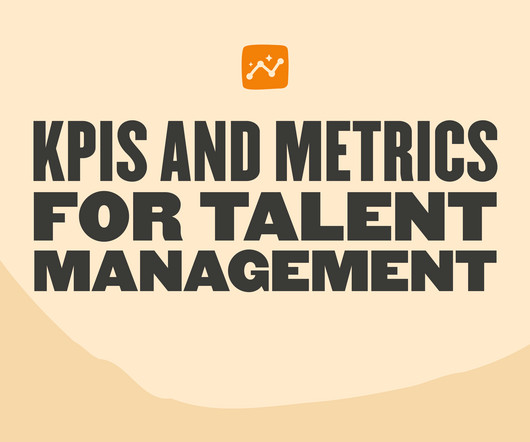

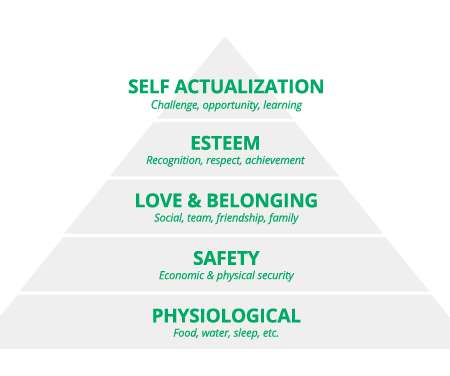
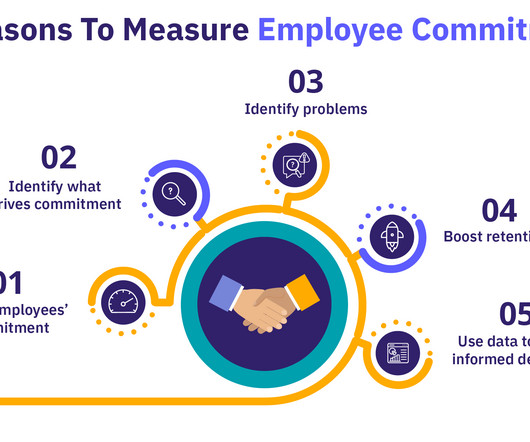



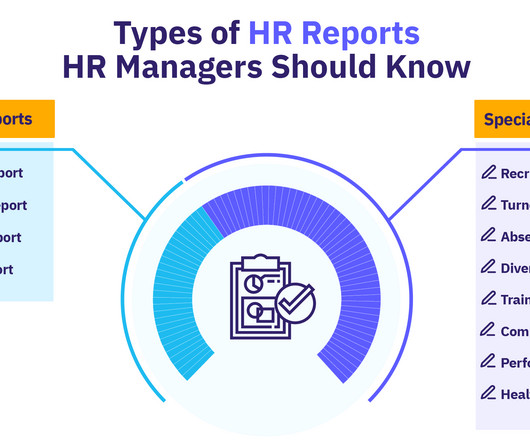

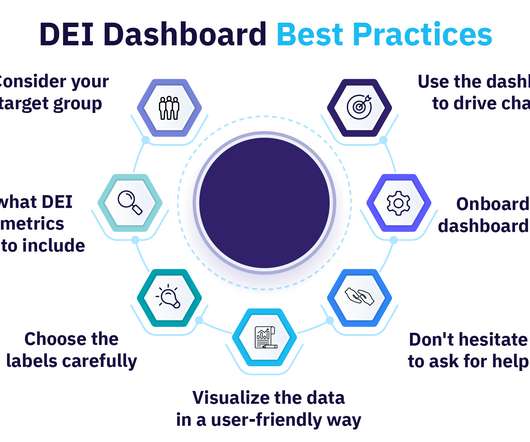










Let's personalize your content